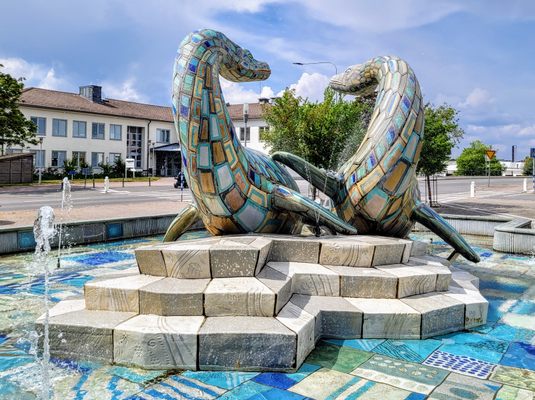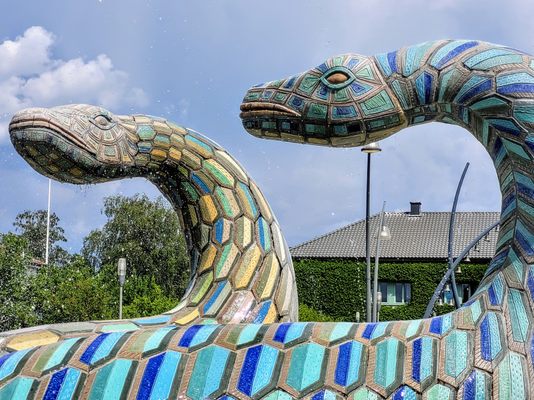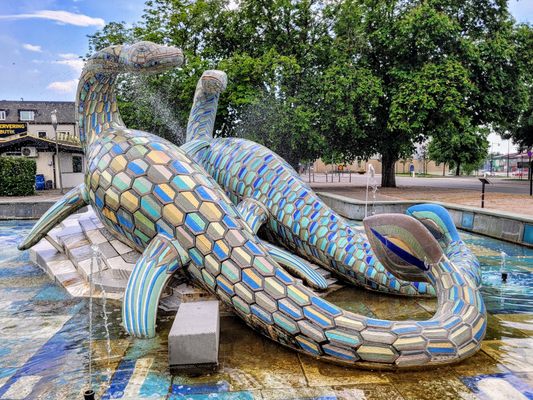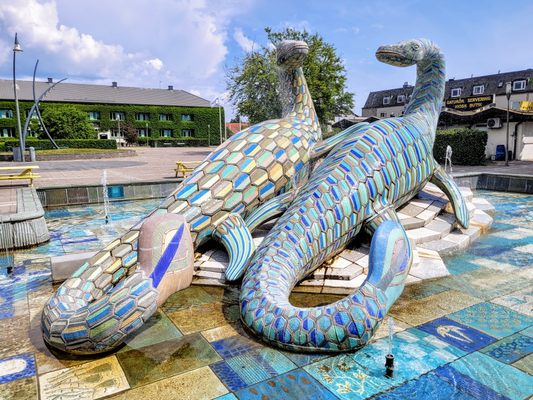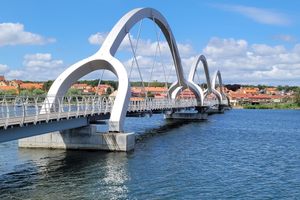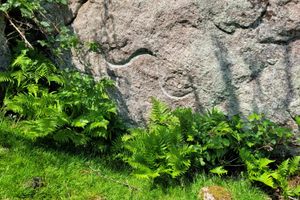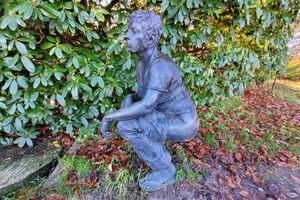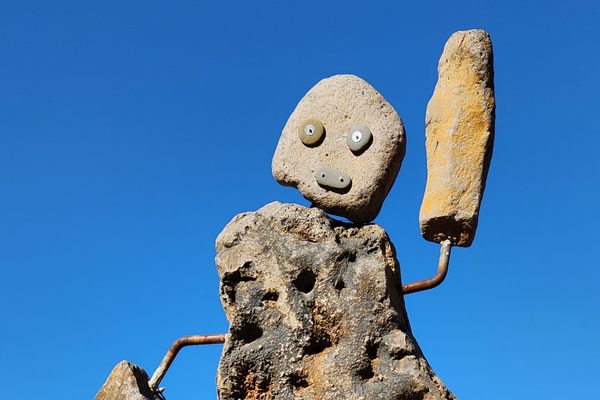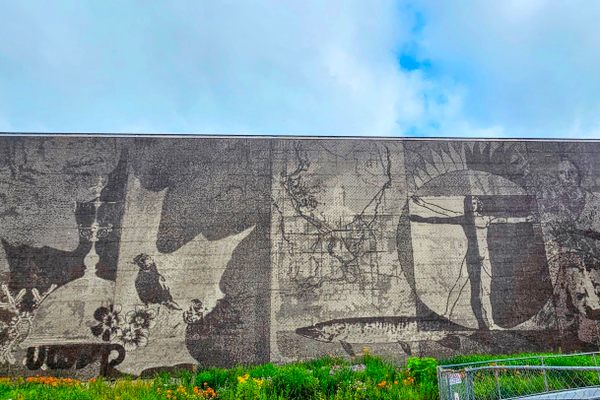About
The small town of Bromölla in southern Sweden is known for its prominent toilet manufacturer, Ifö Sanitär, and for being one of the country’s richest fossil regions. In the heart of town, the iconic Scanisaurus fountain links Bromölla's industrial legacy with its prehistoric past. This water feature, depicting Mesozoic Era reptiles, was crafted using ceramics and labor from the nearby Ifö Sanitär factory.
Designed by ceramic artist Gunnar Nylund (1904-1997) and unveiled in 1971, Scanisaurus features artistic life-sized models of a male and a female scanisaurus, named after Scania (Skåne), Sweden’s southernmost county. Eighty million years ago, these long-necked reptiles, a genus of plesiosaur, swam the shallow seas of Bromölla when the area was submerged beneath ocean waters.
The fountain is mounted on a reinforced concrete frame and consists of 3,000 ceramic pieces, predominantly in green and blue hues. Initially, locals felt the vibrant mosaic looked out of place in Bromölla's utilitarian surroundings, believing it might be more suited to Gaudi’s Park Güell in Barcelona. However, over time, the public perception shifted, transforming the marine reptiles from a source of controversy into a cherished Bromölla trademark.
Related Tags
Know Before You Go
Bromölla is located in the northeastern part of Skåne County, between Kristianstad and Sölvesborg. From the train station, it's approximately an 18-minute walk to reach 'Scanisaurus' in the main square. If you're driving, you'll find ample free parking available outside Ifö Center Art Hall, a short distance from the water feature.
Community Contributors
Added By
Published
July 2, 2024
